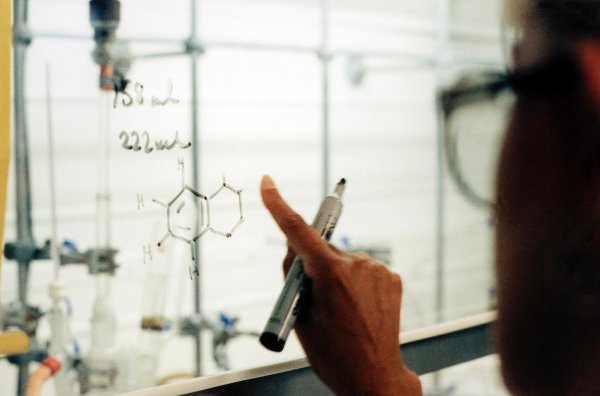A COVID-19 pandemic response package to support Australia’s life science sector is urgently needed according to Dr Chris Nave, CEO of Australia’s largest life science investment fund, the Medical Research Commercialisation Fund (MRCF).
The life sciences sector has been hit by the pandemic. Many clinical trial programs have stalled while a sector that is significantly pre-revenue does not qualify for federal government assistance programs like the JobKeeper wage subsidy.
"With majority of the county’s biotech and medtech companies not eligible for the JobKeeper wage subsidy, coupled with vital investment capital rapidly drying up, R&D companies are in trouble and many will struggle to survive the current crisis without access to government support," said Dr Nave.
“While the JobKeeper policy is vitally important for so many sectors, it does not support pre-revenue innovation companies still in the product development phase for their technology,” he said.
“While I’m confident this is not a deliberate omission by the government, biotechnology is a unique sector and therefore requires a unique response. If a lifeline is extended quickly, the sector will be in a position to deliver on its potential of providing significant wealth and medical benefits to Australia in the years after this crisis has passed.
“Medical science and research will ultimately provide a solution to COVID-19, and we’re fortunate to be resourced with research capability here in Australia to be a leading part of the global response. It is only because of years of forward-thinking and investment by successive Australian governments that we are in this position, and we must utilise this to support our industry right now when it needs it most.”
In 2019, 161 life science companies were listed on the Australian stock exchange with a combined market capitalisation of approximately $170 billion. They employed almost 250,000 people.
Dr Nave said the MRCF backs calls by AusBiotech for changes to JobKeeper so pre-revenue companies can qualify. It also supports the fast-tracking of payments under the R&D Tax Incentive and the scrapping of proposed cuts to the program, as well as changes to the Medical Research Future Fund (MRFF) so that is is available to fund commercialisation.
He said, “For the next 6 to 12 months it’s going to be challenging for biotech and all innovation companies to raise capital from their traditional sources – superfunds, venture capital, private equity and high-net-worth individuals – as all have experienced financial challenges due to COVID-19.
“To overcome this short-term credit crunch, government-backed capital should be used to bridge the funding gap and accessing capital from the MRFF and RDTI scheme seems an obvious choice. Both could pivot for this purpose with little required in additional funding or policy change.”
Dr Nave highlighted CSL, Australia's largest biopharmaceutical company, which is one of the country's most valuable companies.
“It takes decades to build a global biotechnology company and it is often well over a decade before a biotech is generating revenue," he said.
“In our current situation, we could see promising companies on the same path as CSL lost for good due to a short-term liquidity crisis at the expense of future job and wealth creation. This would be an absolute tragedy for the nation.”
